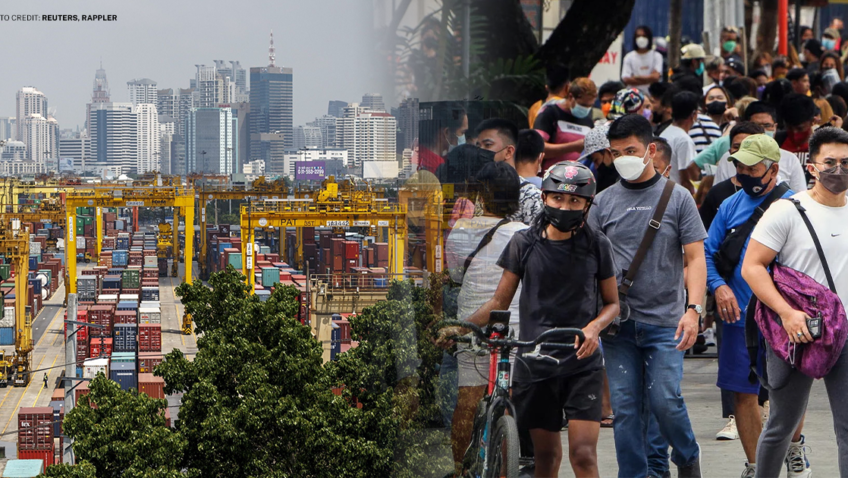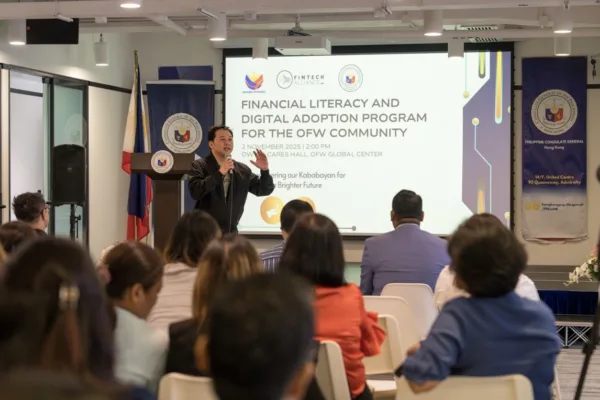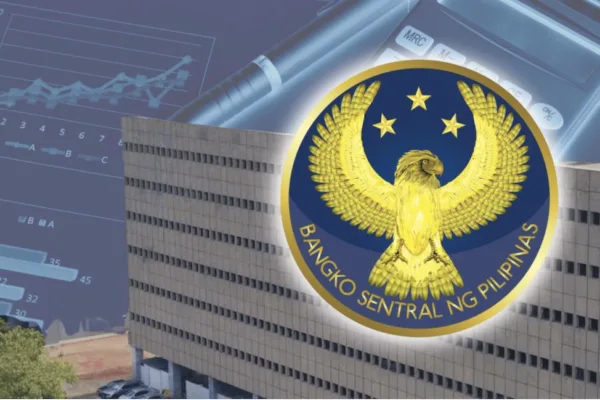Our country’s economic growth is back on track after a spate of calamities, as the country’s investment-grade rating of “Baa2” has recently been retained, boosting investor confidence.

According to the latest Moody’s Ratings, the Philippines has maintained its investment-grade credit rating of “Baa2” with a “stable” outlook, highlighting the nation’s strong economic fundamentals, ongoing fiscal consolidation, and strategic reforms aimed at liberalizing the economy.
This affirmation signals confidence in the Philippines’ economic trajectory and is expected to bolster investor sentiment as the country navigates the global financial landscape.
Earlier this year, the Bangko Sentral ng Pilipinas (BSP) announced that the Philippines has successfully met its ambitious target of digitalizing half of its retail payments and is now on the right track towards achieving its goal of being a cashless economy.
As of 2023, an impressive 52.8 per cent of monthly retail transactions are now being conducted digitally, marking a significant milestone in the country’s journey towards a cashless economy.
Economic growth: key factors to consider based on Moody’s Ratings
Moody’s cited several pivotal factors in affirming the Philippines’ rating, most notably the series of reforms that have been enacted to create a more open and business-friendly environment.
These reforms are anticipated to enhance the country’s medium-term growth potential by attracting greater foreign direct investment (FDI) and supporting sustainable economic development.

In a media advisory, Moody’s emphasized, “The passage of reforms over the past several years to liberalize the Philippine economy will support medium-term growth potential by supporting a business-friendly environment and attracting foreign investments.” This outlook aligns with the broader objectives of the current administration, which has focused on economic liberalization as a cornerstone of its policy agenda.
Economic Performance and FDI Inflows
The Philippines’ recent economic performance has reinforced the positive outlook. The Philippine Statistics Authority (PSA) reported a robust 6.3 percent year-on-year growth in gross domestic product (GDP) for the second quarter of 2024. This growth was complemented by a significant uptick in FDI inflows, which saw a 15.8 percent increase from January to May 2024, reaching USD 4.0 billion, up from USD 3.5 billion during the same period in 2023.
Moody’s projects that FDI inflows will continue to rise through 2024 and 2025, driven by sustained investor interest in key sectors such as energy, manufacturing, and information and communications technology. The positive trend in FDI is expected to be further supported by the Marcos administration’s ambitious infrastructure agenda, known as the “Build Better More” initiative. This program aims to increase infrastructure investments to 5.0 percent of GDP annually, addressing the country’s infrastructure deficit and stimulating long-term economic growth.
Response from the Central Bank
Bangko Sentral ng Pilipinas (BSP) Governor Eli M. Remolona, Jr. welcomed Moody’s affirmation, noting the central bank’s commitment to maintaining an environment conducive to sustained economic growth. “The BSP welcomes Moody’s affirmation of the country’s investment-grade rating, even as we work with the government to improve the country’s ratings,” Remolona stated. He added, “We are taking a measured approach in safeguarding price stability conducive to sustainable economic growth.”
The BSP’s role in managing inflation and maintaining financial stability is seen as crucial to sustaining investor confidence and ensuring the country’s economic resilience in the face of global uncertainties.
Balancing Risks and Opportunities
Moody’s stable outlook for the Philippines reflects a balanced assessment of the risks and opportunities facing the economy. On the upside, the country could experience upward pressure on its credit rating if it successfully improves its fiscal metrics, achieves strong growth, and continues to attract high levels of public and private investment. Conversely, potential downward risks include external challenges, such as global economic slowdowns, that could dampen consumption and investment, as well as any setbacks in the implementation of key reforms.
Maintaining an investment-grade rating is particularly important for the Philippines as it lowers sovereign risk, allowing the country to secure funding at more favorable rates. This, in turn, frees up resources that can be redirected from interest payments to critical social programs and development projects, ultimately contributing to the country’s long-term economic stability and growth.
Conclusion
Moody’s affirmation of the Philippines’ “Baa2” rating with a stable outlook highlights the country’s economic resilience and the effectiveness of its reform agenda. As the Philippines continues to implement strategic initiatives aimed at fostering growth and improving infrastructure, the sustained investor confidence reflected in the rising FDI inflows is expected to play a pivotal role in the nation’s economic future. With careful management of both domestic policies and external risks, the Philippines is well-positioned to maintain its upward trajectory in the global economy.







